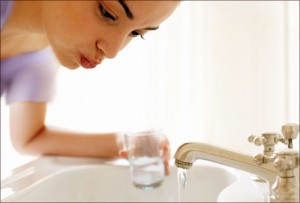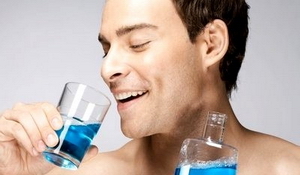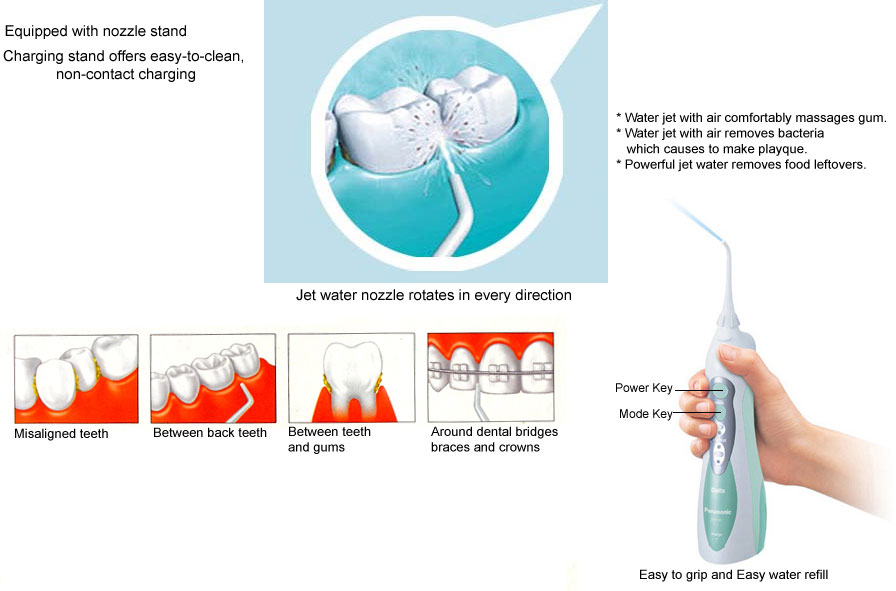Tooth brushing is generally effective in removing food debris and plaque on our teeth. However there are certain sites and conditions inside the mouth that could not be cleaned merely by toothbrushing alone. Therefore other plaque removal methods and devices should be utilized other than toothbrushing in our oral hygiene regime, which includes rinsing.
What is dental plaque?
Dental plaque is an adherent deposit of bacteria and their products, which forms on all tooth surfaces and is the cause of caries. Plaque is a biofilm – a community of microorganism attached to a surface.
Why do we need to remove plaque?
The bacteria in plaque react with foods we eat to produce acids that can attack and weaken tooth enamel (the hard, protective covering on our teeth), opening the way for cavities to develop. Plaque can also irritate the gums, leading to gum disease, which, in its early stage, is called gingivitis.
How to rinse to remove plaque
Vigorous rinsing of the mouth will aid in the removal of food debris and loosely adherent plaque. Although water rinsing does not remove attached plaque, it may help return the mouth to a neutral pH following the acid production that resulted from ingesting fermentable carbohydrates. Rinsing or use of an oral irrigator is also helpful for individuals with orthodontic appliances.
For maximum effectiveness, a technique should be adopted whereby fluid is forced through the areas in between clenched teeth with as much pressure as possible in order to loosen and clear debris. Use of the lip, tongue, and cheek muscles aids in forcing the fluid back and forth between the teeth prior to expectoration.
Rinsing has a limited impact cleaning above the gums and is not efficient in penetration of areas below the gumline. It has no impact in reducing signs associated with gum inflammation. However, the use of a therapeutic agent enhances the effect of rinsing. Antimicrobial rinsing has been utilized as part of a full mouth disinfection approach to improve oral tissue health.
Types of mouth rinses
Mouth rinses can be broadly divided into two types: cosmetic mouth rinses and therapeutic mouth rinses.
Cosmetic mouthwash
Cosmetic mouth rinses are generally used by people suffering from bad breath and dry mouth (xerostomia). Though many mouthwashes claim to stop oral malodor, the effects caused by the flavoring agents in the content will disappear after 3 to 5 hours. It is best to identify the actual cause for the bad breath and treat it.
Therapeutic mouthwash
Therapeutics mouthwashes are used to help reduce gum disease (gingivitis) and there are two categories required by the American Dental Association (ADA) to be effective against plaque and gum disease:
- Mouthwash that contains essential oils as an active ingredient. For example Listerine® and other generic equivalents sold over the counter.
- Mouthwash that contains chlorhexidine gluconate as an active agent which the Food and Drug Administration (FDA) has approved ONLY as prescription products. For example Peridex® and Prevident®.
What are irrigation devices?
Irrigation devices are a means of irrigating specific areas of the mouth whereas rinsing is a means of flushing the entire mouth. A home-irrigation device that is used for self-care provides a steady or pulsating stream of fluid, although the pulsating stream is preferable. Irrigation can result in the disruption of loosely attached or unattached plaque. The action is twofold. Loosely attached organisms are disrupted when the pulsating fluid makes initial contact. Then there is a secondary flushing action as the irrigant is deflected from the tooth surface.
Water irrigation above the gumline alone, without toothbrushing, is not effective and is inferior to toothbrushing. Home irrigation is not indicated for those who brush effectively and have no gum inflammation. Individuals with inconsistent or ineffective cleaning in between their teeth, fixed orthodontic appliances, crowns, fixed partial dentures, and implants however, may benefit from a home irrigation self-care regimen. Oral irrigation may also be helpful for individuals who have jaws temporarily wired together for stabilization following surgery or head and neck trauma.
The standard tip is designed for use to remove plaque above the gumline. The tip is directed perpendicular to the tooth at or near the gingival margin. The cannula-type tip is directed into the gum pockets and allows a focused lavage adding to the depth of penetration. Rubber-tipped cannulas can be angled into the pockets about 2 millimeters. Home irrigation into the gum pockets has been used to deliver medicaments further into the gum sulcus. Use of the cannula-type tip should be limited to individuals with adequate skill and dexterity.



